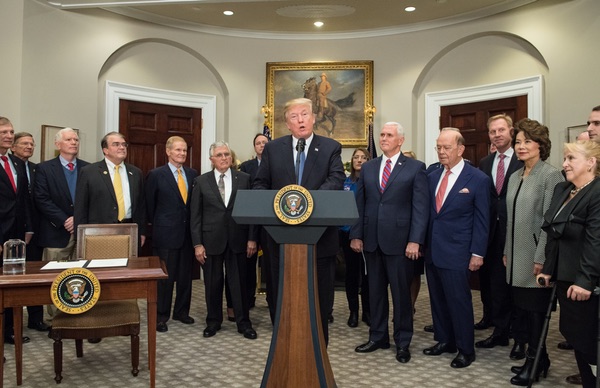Will Space Policy Directive 1 benefit or hinder human missions to Mars?by Chris Carberry and Rick Zucker
|
| Will we be able to land humans on the Moon and/or Mars any time soon? |
The new directive calls for the United States to “Lead an innovative and sustainable program of exploration with commercial and international partners to enable human expansion across the solar system and to bring back to Earth new knowledge and opportunities. Beginning with missions beyond low-Earth orbit, the United States will lead the return of humans to the Moon for long-term exploration and utilization, followed by human missions to Mars and other destinations.”
These are all worthy and exciting goals, but will this new policy directive signify any meaningful change from the past? Will we be able to land humans on the Moon and/or Mars any time soon?
The administration genuinely appears to be motivated to accomplish real human space exploration goals within its term of office. It remains unclear, however, whether a sufficient budget will actually be allotted to enable execution of its ambitious policy, either in whole or in part.
Federal budgets are challenging—and will be for the foreseeable future—but there is an extremely compelling reason why the administration should go “all in” on this plan and propose a budget that will enable the United States to aggressively move forward. There are few (or no) other programs or issues in the United States that have such clear and documented public support, as well as overwhelming bipartisan approval in Congress, particularly for missions to Mars. This presents a golden opportunity to work with all sides to advance an important and achievable national goal.
Unlike many other major national initiatives, this is an affordable goal as well. At less than half of one percent of the federal budget, NASA’s current budget (of which only roughly half is spent on human spaceflight) would undoubtedly need to be increased to some extent. However, any necessary increase would almost certainly still leave the NASA budget well below one percent of federal spending. But, at the same time, such a small increase could have a dramatic impact on national morale, competitiveness, STEM education, and international leadership.
| There is an extremely compelling reason why the administration should go “all in” on this plan and propose a budget that will enable the United States to aggressively move forward. |
The United States should lead in this effort, but we should not do it alone. If we are ready to move forward, there are many opportunities to work with our current international partners in space, and possibly some new ones. When possible, commercial solutions should be pursued as well. Lunar surface activities are a perfect example of where international and commercial entities can play a pivotal role in enabling an achievable approach to lunar exploration and still allow us to send humans to Mars in the 2030s.
The United States is better positioned to launch an ambitious and permanent plan for deep space exploration and development than we ever have been before. What we need now to make this happen is a clear and consistent plan, and commitment, to actually move forward—and the necessary resources to enable success.
